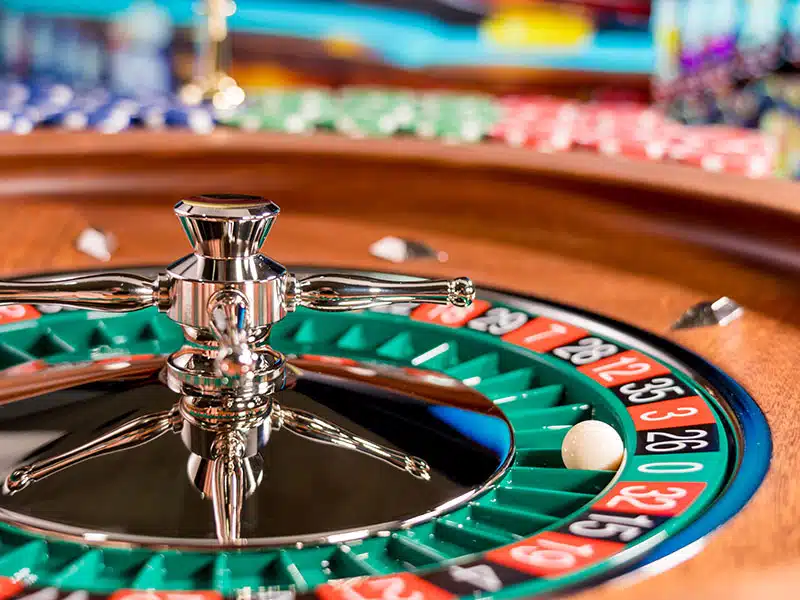Roulette, the mesmerizing game of chance, has captivated gamblers for centuries. With its spinning wheel and the tantalizing anticipation of where the ball will land, roulette offers a unique blend of excitement and uncertainty that has stood the test of time. In this article, we delve into the fascinating world of roulette, exploring its origins, the mechanics of the game, and the strategies that players employ to try and beat the odds.
The origins of roulette can be traced back to 17th-century France, where mathematician and philosopher Blaise Pascal sought to create a perpetual motion machine. Little did he know that his invention would evolve into one of the most popular casino games in the world. The name “roulette” itself is derived from the French word meaning “little wheel,” a fitting description for the game’s centerpiece.
At the heart of roulette is the wheel, divided into numbered pockets ranging from 0 to 36 (in European roulette) or 00 to 36 (in American roulette). The numbers alternate between red and black, with the zero(s) typically marked in green. A small ball is set in motion on the spinning wheel, ultimately coming to rest in one of the pockets. The players’ objective is to predict where the ball will land, placing their bets accordingly.
What makes roulette truly fascinating is the wide range of betting options available. Players can bet on individual numbers, groups of numbers, or even the color of the pocket in which the ball will settle. The potential payouts vary depending on the probability of each bet. For instance, betting on a specific number (a “straight bet”) offers the highest payout but has the lowest chance of winning. Conversely, betting on red or black (an “even-money bet”) has the highest probability of winning but offers a lower payout.
While roulette is primarily a game of chance, players have devised various strategies over the years in an attempt to tilt the odds in their favor. One popular strategy is the Martingale system, where players double their bets after each loss, aiming to recoup their losses with a single win. However, this strategy carries the risk of hitting the table limit or depleting one’s bankroll quickly if a losing streak persists.
Another strategy is the Fibonacci system, which follows the Fibonacci sequence (a series of numbers where each number is the sum of the two preceding ones). Players increase their bets according to this sequence after a loss and decrease them after a win. This strategy aims to capitalize on winning streaks while minimizing losses during losing streaks.
Despite the allure of these strategies, it’s important to remember that roulette is ultimately a game of chance, and the house always maintains a slight edge. The outcome of each spin is independent of previous spins, and no strategy can guarantee consistent winnings in the long run. Responsible gambling and having realistic expectations are crucial when enjoying the thrill of roulette.
In recent years, roulette has transcended traditional brick-and-mortar casinos and made its way into the online realm. With the advent of online gambling platforms, players can now experience the excitement of roulette from the comfort of their homes. Virtual roulette games offer stunning graphics, realistic animations, and even live dealer options, creating an immersive gambling experience.
In conclusion, roulette continues to captivate gamblers around the world with its wheel of fortune. From its humble beginnings in 17th-century France to the virtual tables of online casinos today, the game has retained its allure and charm. Whether you’re a seasoned player or a novice taking your first spin, roulette offers a thrilling blend of chance, strategy, and anticipation that makes it truly unique in the world of casino games. So, place your bets, spin the wheel, and let the destiny of the little ball unfold

Leave a Reply